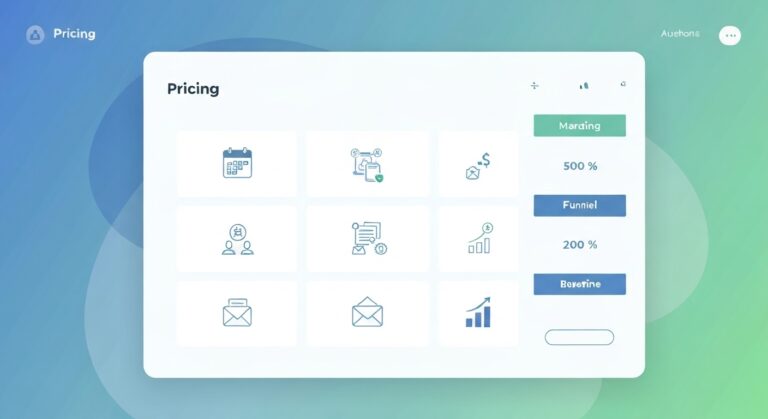
A lot of companies don’t realize how much time and money they lose when their CRM info is all over the place. At first, having a few duplicate names or areas that aren’t filled out doesn’t seem like a big deal. But as the number of clients grows and more than one team starts using the same system, the lack of structure gets worse. Things go wrong when reports don’t match up with reality, leads get lost, and sales predictions become expert guesses.
Organizing CRM data isn’t just about keeping things neat; it’s also about building a base that can support growth. Every other feature of the CRM works better when the data is organized, correct, and easy to find. You can focus your campaigns better, make automations work better, and make decisions based on facts instead of guesses.
Spotting the Warning Signs of Disorganized CRM Data
To get clear, you must first be able to tell when confusion is starting to take over. Teams that have a hard time getting the information they need quickly are often a sign. Another example is when there are different routes with different copies of the same contact, each with different or missing information. Also, it’s normal for agencies to keep hundreds of old records in the system, which slows down reports and throws off performance measures.
Even though these problems may not seem important by themselves, they have an effect on many other areas. Each of these mistakes—a salesperson following up with the wrong person, a marketer sending ads to out-of-date lists, or a project manager missing important client notes—has the same cause: a CRM that isn’t set up well enough to keep up with the work.
Building Processes That Keep Data Clean
Most of the time, method is what makes the difference between messy and clear CRM data. When an agency grows, it treats its CRM like a live system instead of a static database. They make it clear how friends should be added, changed, and put into groups. They say what parts need to be filled out, who is in charge of keeping them up to date, and how often the data is looked over.
This doesn’t need to be hard. Small habits that are kept up over time can have a big effect, like checking lead information when the lead comes in or regularly throwing away old records. The most important thing is that everyone follows the rules. When teams use the same framework, the CRM goes from being a messy filing box to a reliable tool for making decisions.
Creating Room for Growth Through Structure
When an organization wants to grow, it needs processes that can adapt to those changes. This is possible with a well-organized CRM. It’s easier to use complex software when the data is clean. As reports grow more accurate, new opportunities that weren’t there previously become clear. New people on the team can get to work faster since they don’t have to look through records that aren’t always right.
By setting things up this way, the CRM is not only easier to use, but the whole business runs better. It makes it easy to add new services, take on more clients, and help bigger teams work together without losing control of the data that runs the business.
Conclusion – Clarity Isn’t Optional, It’s Foundational
Because they want to grow so quickly, agencies often forget to check on the state of their data. But crm data organization is one of the best ways to scale up quickly and successfully. Every choice is better, every process is tighter, and every contact with a client is better when information is organized and reliable.
If agencies put organization first now, they’ll be ready for better technology, reports, and smarter growth strategies in the future.



